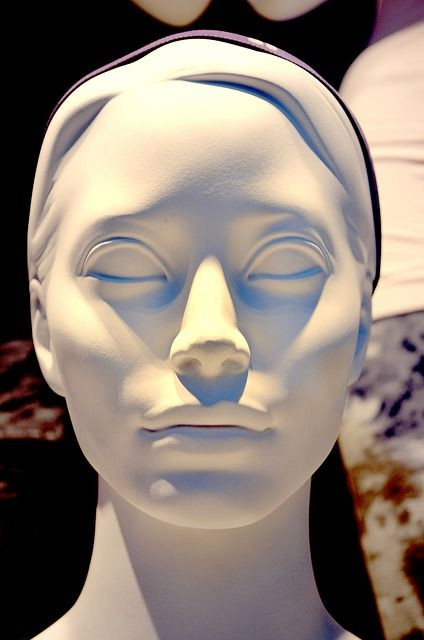Researchers Have Found 5 Genes that Can Predict Facial Appearance

Researchers have teased out five different genes that indicate facial characteristics. Though scientists believe that the human genome holds hundreds of genes that dictate how people's faces look, the reveal may be good news for police, who may one day be able to reconstruct people's faces from DNA left at the crime scene.
Medical Daily has previously reported on forensic tests have been developed that can predict hair and eye color. This test builds on that. Manfred Kayser, a geneticist at Erasmus MC in the Netherlands, and his colleagues broke down the face into separate, measurable features that could be seen on a person. They found 9 different regions on the face, like the space between people's eyes or the distance from the tip of a person's nose to its base.
Then he and his colleagues examined the DNA of five different groups of people to find if their genetics could hold any clues to their faces. Each group contained between 545 and 2,470 individuals. Three other groups were tested as well to make sure that the genetic correlations were accurate.
In a report published in PLoS Genetics, there were five genes that were found that indicated facial characteristics. These genes indicated the width of a person's face, the distance between a person's eyes and how far a person's nose stuck out from their faces. One gene, called PAX3, had already been linked to facial shape in children, giving the team confidence in their findings. Other genes, on chromosomes 2 and 3, respectively, had already been linked to facial deformities like cleft lip and malformed jaws.
On the downside, researchers have also confirmed that there are hundreds of these genes linked with facial appearance, and each influences facial appearance just a little bit. Still, they hope that within 2 to 5 years, facial reconstructions from DNA will be made possible.
Perhaps one day, police officers will be able to use DNA found at the crime scene to create an image of a person's face, rather than relying on witness testimony told to sketch artists.



























